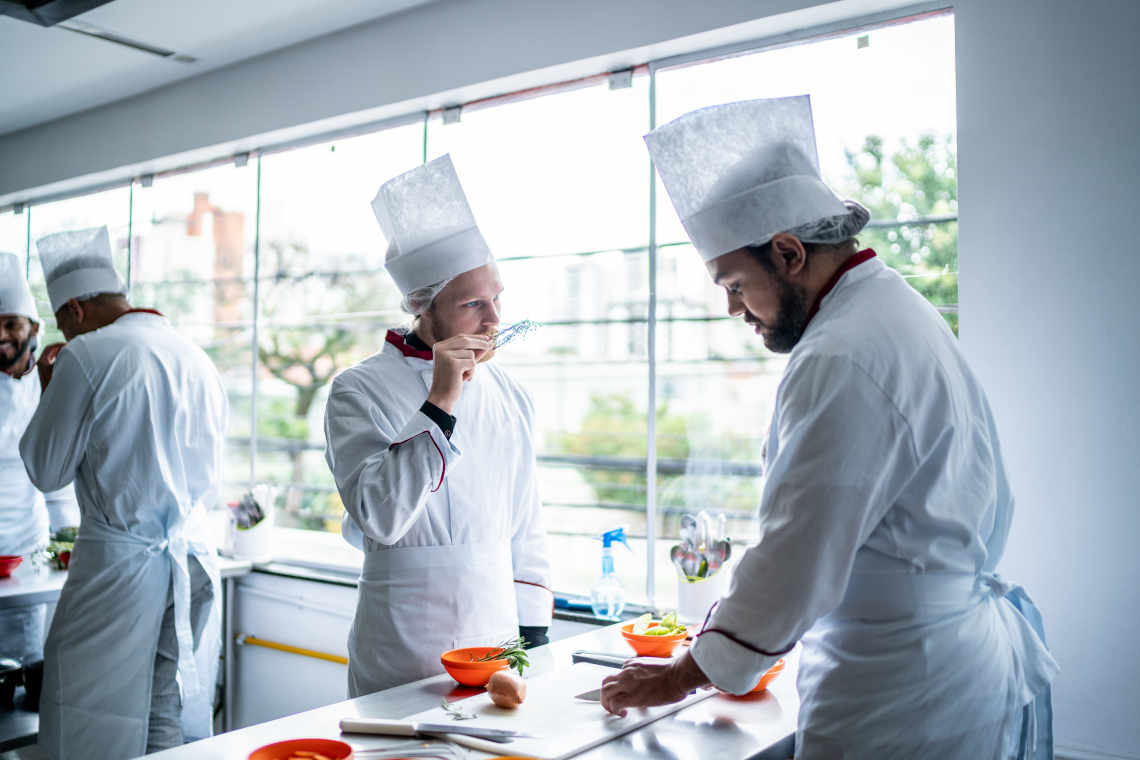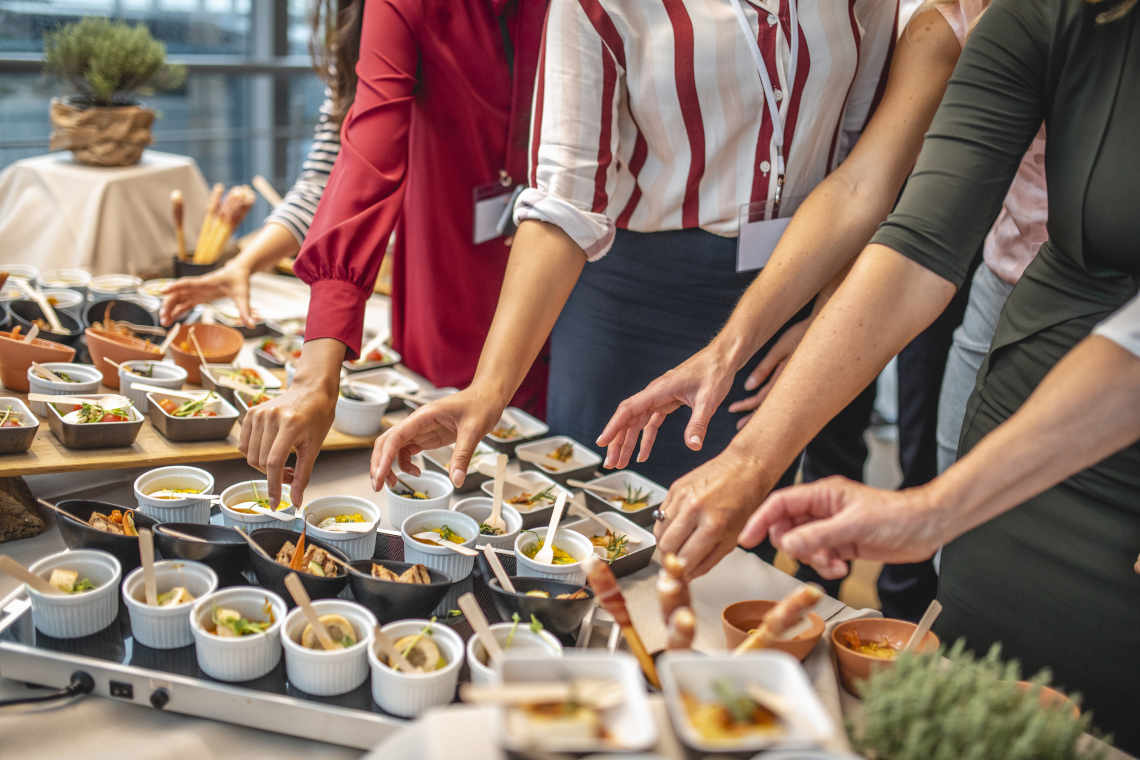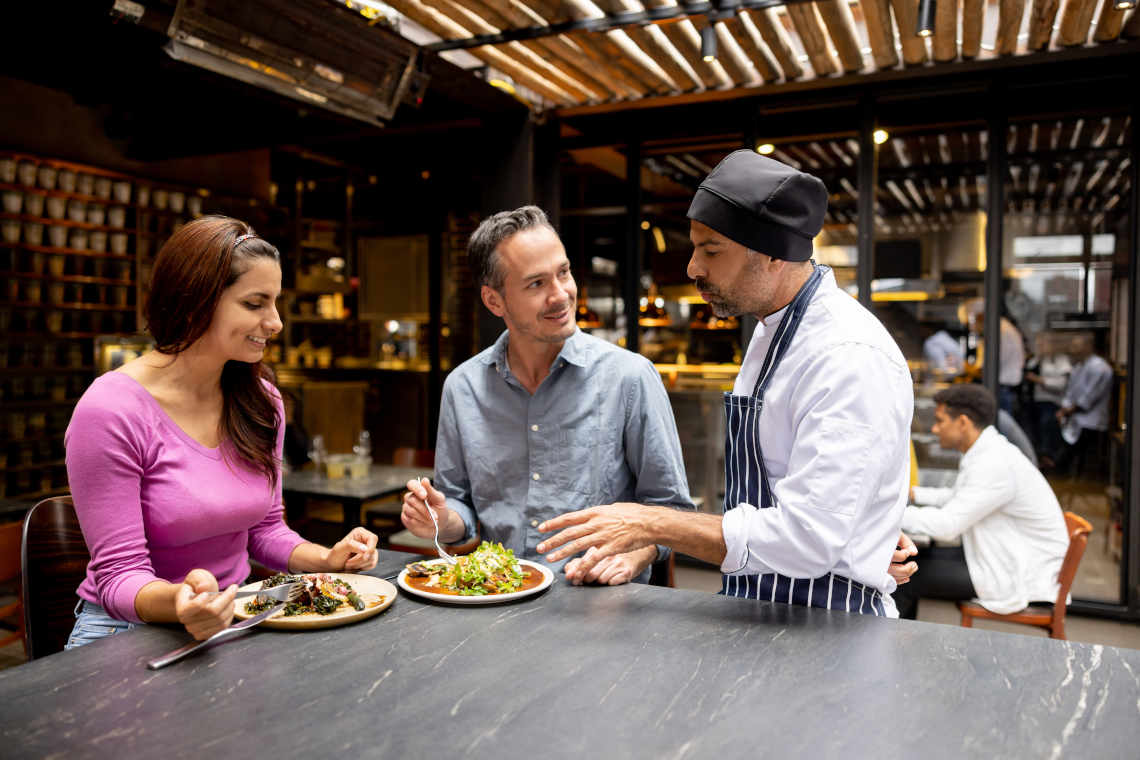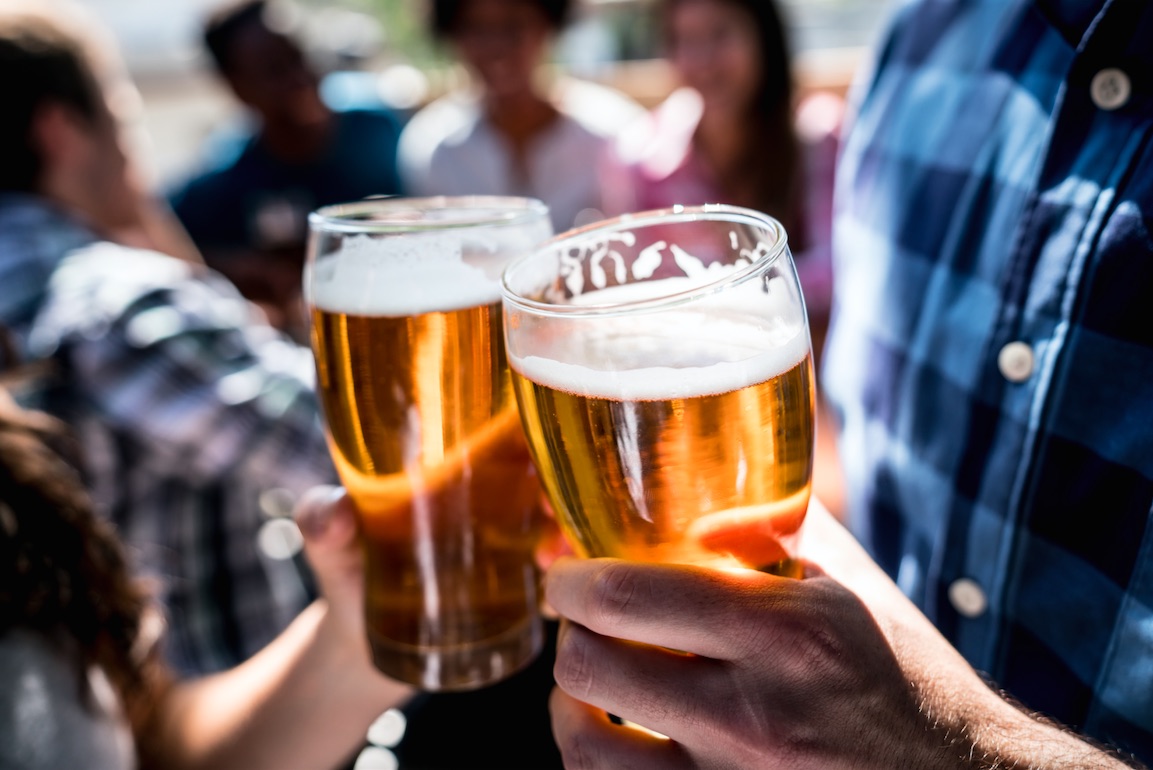Food and Beverage Recipe Taste Testing Market Research

Food and beverage recipe taste testing market research is a comprehensive approach to deciphering consumer preferences, dietary trends, and the overall acceptability of a recipe in a given market.
Food and beverage recipe taste testing market research aims to understand consumer palates, ensuring every bite aligns with the ever-evolving consumer preferences. Therefore, it’s not just about gauging a dish’s flavor profile but also about understanding the nuances of consumer preferences, emerging dietary trends, and the overarching market reception of a particular recipe.
Importance of Food and Beverage Recipe Taste Testing Market Research
In an era when culinary preferences are rapidly evolving and consumers are becoming increasingly discerning, market research is a vital solution for businesses. This research assesses the immediate likability of a recipe and dives deep into understanding the intricate factors that influence a diner’s preference.
Furthermore, market research offers a data-driven approach to recipe development, eliminating the guesswork and aligning product offerings with market demand. By analyzing real-time feedback, companies can fine-tune ingredients, adjust portions, or revamp cooking techniques to ensure the final product resonates with the intended audience.
Real-world Applications and Case Studies

- Crafting of Global Flavors for Local Palates: Global food and beverage companies like PepsiCo and Coca-Cola often reformulate their products for local markets based on market research. For instance, Coca-Cola’s formulation varies across countries to cater to local flavor preferences.
- Craft Beer Breweries: With the craft beer boom, many new breweries use market research to refine their brews. By getting feedback on bitterness, sweetness, and other flavor profiles, they can tailor their beers to specific market segments.
- Special Dietary Needs Foods: Companies specializing in gluten-free, keto, or vegan foods often rely on market research. This ensures that their products meet dietary needs without compromising on flavor.
Opportunities Presented by Food and Beverage Recipe Taste Testing Market Research

Market research on food and beverage recipe taste testing is not merely about discerning what appeals to the palate; it’s an insightful journey into understanding customer preferences, emerging trends, and the culinary landscape’s evolving dynamics. So, what are the opportunities that market research offers businesses?
- Tailored Product Development: Companies can tailor their product development efforts. It means reducing the risk of product failures and ensuring offerings align with consumer expectations.
- Identifying Market Gaps: Through Food and beverage recipe taste testing market research, businesses can identify gaps in the market. Perhaps there’s a flavor combination yet to be explored or a dietary trend that hasn’t been catered to.
- Brand Enhancement: Brands can enhance their image by constantly aligning with consumer tastes and preferences. This shows a commitment to understanding and catering to their target audience.
Challenges and Considerations in Food and Beverage Recipe Taste Testing Market Research
For businesses seeking to delve into the world of Food and beverage recipe taste testing market research, the process may not be as straightforward as it seems. Though profoundly insightful, this approach brings some challenges and considerations that organizations must be aware of.
- Sampling Bias: The sample group chosen for the Food and beverage recipe taste testing market research can greatly influence the results. Ensuring a diverse group that accurately represents the target audience is vital.
- Environmental Factors: The environment where the taste test is conducted can impact participants’ perceptions. A neutral setting is essential to prevent any external influences on the test.
- Cost Implications: Conducting comprehensive market research can be expensive, particularly when considering logistics, participant compensation, and analysis.
- Subjectivity of Taste: Everyone’s palate is different. While Food and beverage recipe taste testing market research can provide general insights, there will always be individual variances in taste preferences.
- Time-Consuming Analysis: Analyzing the data collected from taste tests, especially when dealing with complex recipes, can be time-consuming and requires expertise.
Technological Advancements

In the rapidly evolving realm of food production and consumption, Food and beverage recipe taste testing market research has undergone a significant transformation, driven largely by technological advancements. These innovations streamline the testing process and provide deeper insights into consumer preferences, ensuring products align more with market demand.
- Sensory Analysis Tools: Traditionally, sensory evaluations were reliant on human panels. Today, advanced sensory analysis tools can mimic human senses, capturing objective data on taste, aroma, texture, and appearance. These tools, integrated into market research, offer a more consistent evaluation metric, reducing human panel variability.
- Virtual Reality: This immersive technology is changing the game in taste testing. They can simulate different dining environments, allowing researchers to understand how ambiance affects taste perception. For example, a pasta dish might be received differently when consumed in a simulated Italian countryside setting versus an urban fast-food environment.
- 3D Food Printing: Emerging 3D printing technologies allow creating foods with customized flavors, textures, and nutritional profiles. In terms of taste testing, this means products can be modified and re-tested in real time during research phases, accelerating the product development cycle.
Future Probable Trends of Food and Beverage Recipe Taste Testing Market Research
- Advanced Sensory Analysis Tools: Technology is pivotal in refining the taste testing process. Tools that map out the palate response, gauge texture perceptions, and even evaluate the aroma are becoming standard in many test kitchens and labs.
- Incorporation of AI: AI provides deep insights into consumer preferences. By analyzing data from various sources (like social media, restaurant reviews, and grocery purchases), businesses can predict flavor trends and create recipes that might be instant hits.
- Personalization: Personalized nutrition and diet plans based on an individual’s genetic makeup, lifestyle, and health needs are on the horizon. This means that more specialized and niche taste tests might be needed to tailor them to specific demographics or health groups.
What Makes SIS International a Top Food and Beverage Recipe Taste Testing Market Research Company?
SIS International has earned its reputation as a leader in food and beverage recipe taste testing. Combining decades of expertise, innovative methodologies, and client-focused solutions, we help brands perfect their recipes to align with consumer preferences and market demands.
Deep Expertise in Recipe Taste Testing
With over 40 years of experience in market research, SISl excels at testing recipes for food and beverages. We understand the delicate balance of flavors, textures, and aromas that drive consumer satisfaction and help you create stand-out products.
State-of-the-Art Testing Environments
Our advanced testing facilities in New York have cutting-edge tools and controlled environments. These resources allow for precise evaluation of every recipe component, ensuring consistency, quality, and alignment with target audience preferences.
Diverse and Representative Consumer Panels
New York’s unique demographic diversity enables us to recruit participants from various backgrounds. This ensures our recipe testing results reflect the preferences of your target consumers, whether they’re local, regional, or global.
Extensive Industry Knowledge
Our experience spans various food and beverage categories, including snacks, meals, soft drinks, and specialty beverages. This breadth of knowledge allows us to offer valuable recommendations based on industry trends and best practices.
Cost-Effective Research Services
SIS is committed to providing high-quality research at competitive prices. Our recipe testing services deliver exceptional value, enabling businesses of all sizes to refine their offerings without overextending their budgets.
Actionable Insights That Empower Decisions
We go beyond data collection to deliver strategic insights. Our recommendations help you make recipe adjustments, improve ingredient selection, and optimize production processes to create products consumers love.
Fast and Reliable Results
In a dynamic market, speed matters. SIS ensures quick turnaround times for recipe taste testing, allowing you to make timely decisions and stay ahead of your competition.
Commitment to Objectivity and Quality
Our rigorous protocols guarantee unbiased results. By focusing solely on consumer feedback, we provide research you can trust to guide your recipe development and refinement.
A Trusted Partner for Long-Term Success
At SIS, we view ourselves as more than just a research provider—we are your strategic partner. From planning to execution and reporting, we work closely with you to ensure your recipes align with consumer expectations and achieve market success.
Our Facility Location in New York
11 E 22nd Street, Floor 2, New York, NY 10010 T: +1(212) 505-6805
About SIS International
SIS International offers Quantitative, Qualitative, and Strategy Research. We provide data, tools, strategies, reports, and insights for decision-making. We also conduct interviews, surveys, focus groups, and other Market Research methods and approaches. Contact us for your next Market Research project.

